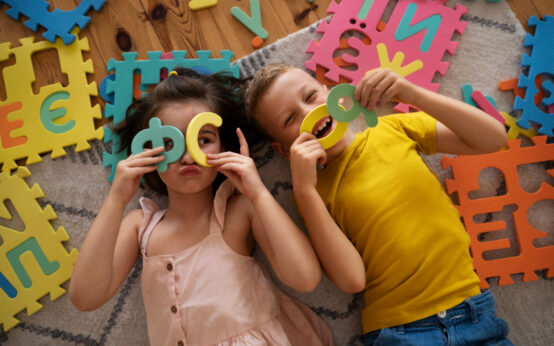Introduction
Visual supports prove invaluable for children with autism, aiding in their comprehension of the world around them. This guide outlines a straightforward approach to crafting your own wooden visual supports, offering a practical and engaging tool.
Visual supports serve as essential aids for children with autism, facilitating comprehension, organization, and emotional management. These cues take various forms, such as pictures, words, symbols, diagrams, and charts, providing children with effective communication tools and a means to navigate their environment.
The Benefits of Visual Supports
Visual supports empower children with autism by simplifying information access, structuring their day, and clarifying expectations. Stress reduction is a significant advantage, especially during challenging situations or transitions between activities and locations. Children with autism often struggle with verbal instructions, and visual supports prove instrumental in breaking down tasks, ensuring consistency, and fostering independence.

Unlocking creativity and joy, DIY activities tailored for children with autism not only nurture their unique abilities but also build a world where every crafted moment becomes a masterpiece of connection and self-discovery.
Carly Fulgham
Crafting Wooden Visual Supports
Creating wooden visual supports is a straightforward process, requiring basic tools and materials. Choose the type of support you wish to make, such as a pegboard, picture frames, or 3D objects, and follow these steps:
Materials Needed
- Wooden board or shapes (circles, squares, etc.)
- Acrylic paints and brushes
- Sandpaper (optional)
- Clear sealant (optional)
- Permanent markers
- Images representing actions, emotions, or objects
- Glue or Mod Podge
- Laminator and laminating sheets (optional)
Step 1: Choose Your Visuals
Select the type of visual support based on your child’s needs. Options include emotion cards, task steps, communication boards, or visual timers.
Step 2: Prepare the Wood
If using a wooden board, sand it for a smooth surface. Paint the wood with bright acrylic colors and let it dry thoroughly.
Step 3: Attach the Images
Find or create images representing each visual aid. Glue these onto the wooden shapes or board. Laminating the images is optional but enhances durability.
Step 4: Add Text
Use permanent markers to add necessary text, such as emotions or task labels, onto the wooden shapes or board.
Step 5: Seal the Visual Supports
Consider applying a clear sealant to protect and prolong the life of your visual supports, providing a polished finish.
Step 6: Introduce the Visual Supports
Explain the purpose of each visual support to your child and how to use them effectively.

Tips for Success
- Ensure images are simple and easy to understand.
- Prefer real photos for a more realistic representation.
- Involve your child in the creation process to enhance their connection to the visual supports.
- Consistently use the visual supports for optimal effectiveness.
Crafting DIY wooden visual supports for children with autism not only yields a valuable tool but also fosters quality time through a creative and rewarding activity.
Source
- Centers for Disease Control and Prevention. (2021). Data & Statistics on Autism Spectrum Disorder. Retrieved from https://www.cdc.gov/ncbddd/autism/data.html
- National Institute of Mental Health. (2021). Autism Spectrum Disorder. Retrieved from https://www.nimh.nih.gov/health/topics/autism-spectrum-disorders-asd/index.shtml
- National Institute of Neurological Disorders and Stroke. (2021). Autism Spectrum Disorder Fact Sheet. Retrieved from https://www.ninds.nih.gov/Disorders/Patient-Caregiver-Education/Fact-Sheets/Autism-Spectrum-Disorder-Fact-Sheet
- World Health Organization. (2021). Autism Spectrum Disorders. Retrieved from https://www.who.int/news-room/fact-sheets/detail/autism-spectrum-disorders







